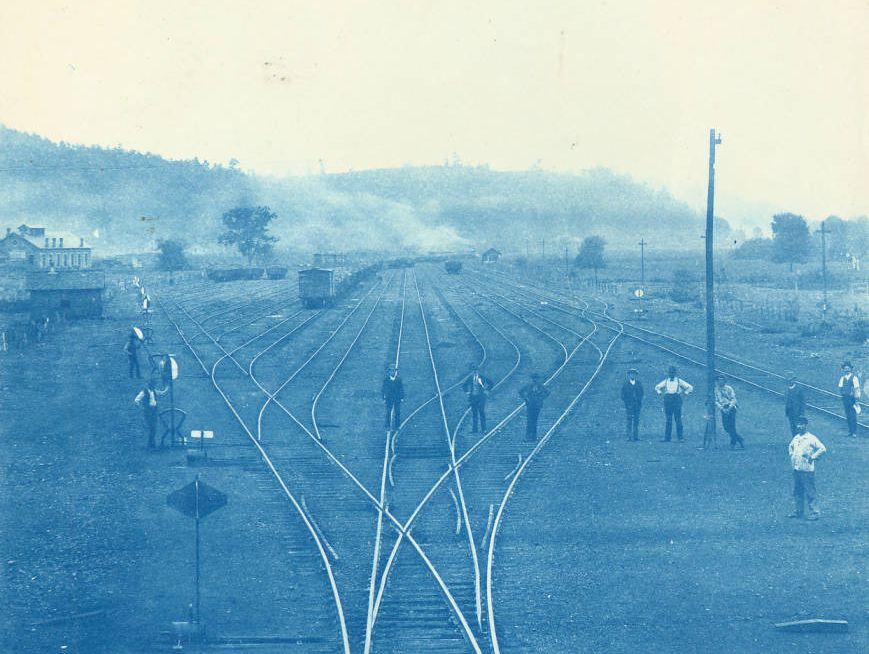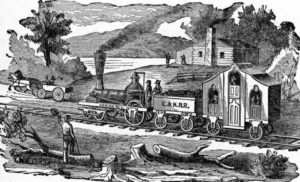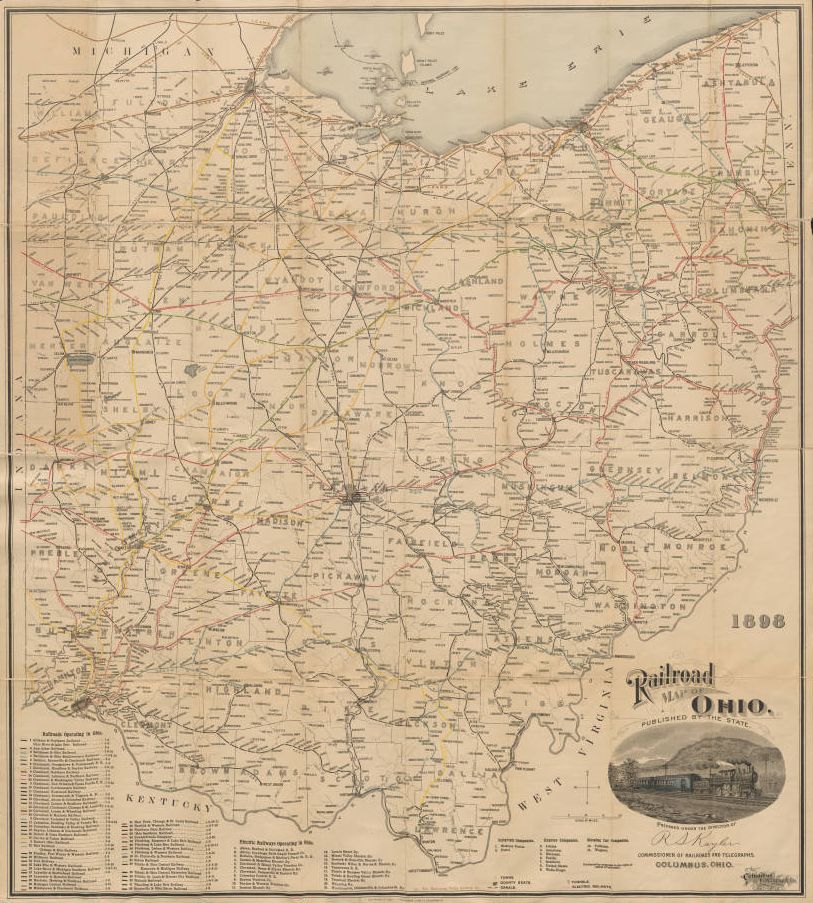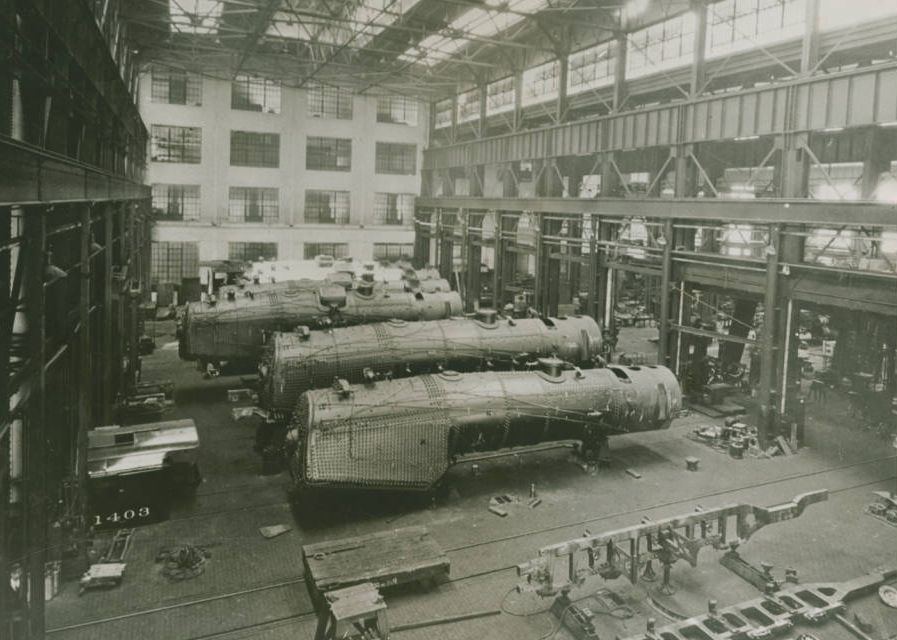All Aboard! Ohio Railroad History

When Ohio first became a state in 1803, the primary methods of transportation to and through the state were by horse and wagon or by river. Within two decades, state officials had realized the economic benefit that canal access to Lake Erie and the Ohio River would bring by providing an inexpensive way for farmers and business owners to transport their goods to market. The Ohio and Erie Canal on the eastern side of the state was completed in 1833, and the Miami and Erie Canal on the western side was completed twelve years later. The cost to ship goods to and from the East Coast dropped from $125/ton by horse and wagon to $25/ton by canal, which spurred economic growth. However, canal boats had an average speed of just three miles per hour, and would soon give way to newer, faster railroads.

As early as the 1820s, Ohio residents without access to canals began advocating for railroads. Because most canals ran north/south, railroads were also seen as way to improve east/west travel. In 1836, the Erie & Kalamazoo Rail Road became the first railroad completed west of the Allegheny Mountains, connecting Toledo with Adrian, Michigan. At first, horses pulled the rail cars, but after the introduction of the steam engine in 1837, the 33-mile journey between the two cities took just three hours. Despite the continued availability of canals and a nationwide financial crisis (the Panic of 1837), railroad construction began to grow significantly during the 1840s.
The Little Miami Railroad was one of the most important early railroads in Ohio. Built between 1837 and 1848, its connections to other railroads created a network that linked most of the state. The Cincinnati, Hamilton, and Dayton Railroad began construction in 1851; unlike many earlier railroads built to move freight, its primary purpose was transporting passengers. New communities were built along the rail line, and wealthy Cincinnati residents (who could afford to pay train fare) moved out of the city to these new neighborhoods.

Ohio’s location made it a natural transit point between the port cities of the Northeast and the Midwestern cities of Detroit, Chicago, Indianapolis, and St. Louis. Although early railroads primarily facilitated travel within Ohio, railroad construction in the mid-1850s began to connect Ohio with the rest of the country. The Baltimore and Ohio Railroad crossed the Appalachian Mountains, providing easier access to and from the East Coast. The Ohio and Mississippi Railroad connected Ohio with St. Louis, the “Gateway to the West.” Eventually every major Eastern trunk line ran through Ohio, and by 1860, Ohio had more track laid than any other state—nearly 3,000 miles.
The years after the Civil War saw a tremendous boom in railroad construction as well as consolidation of operations. By 1900, most of Ohio’s 8,900 miles of track were controlled by one of four companies: the Baltimore and Ohio Railroad, the Erie Railroad, the Pennsylvania Railroad, and the New York Central Railroad. Rail lines reached large and small communities throughout the state and the country.
Despite increasing federal regulation and the invention of automobiles and airplanes, rail travel remained the primary mode of transportation through World War II, when trains moved hundreds of tons of material and large numbers of troops nationally. In the 1950s, however, trucks and automobiles gained popularity for freight and passenger travel on the new interstate highway system, and the age of railroads came to an end.

Today more than 5,000 miles of track are still active in Ohio. Rail fans can see freight trains throughout the state and can explore Ohio’s rich rail history on Ohio Memory, as well as through a variety of museums and attractions.
Thank you to Stephanie Michaels, Research and Catalog Services Librarian at theState Library of Ohio, for this week’s post!



Leave a Reply
You must be logged in to post a comment.